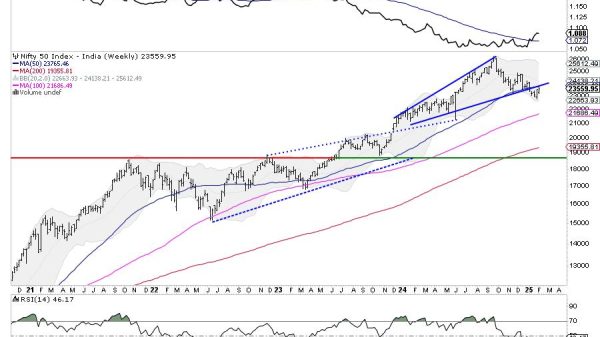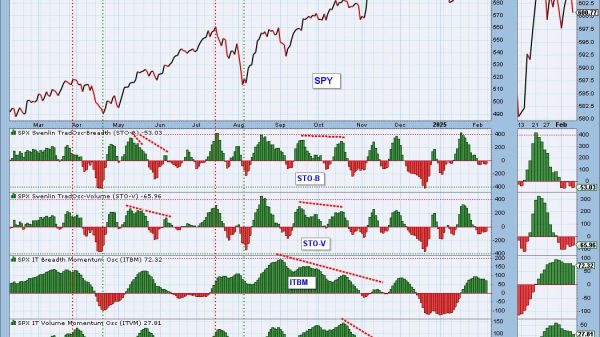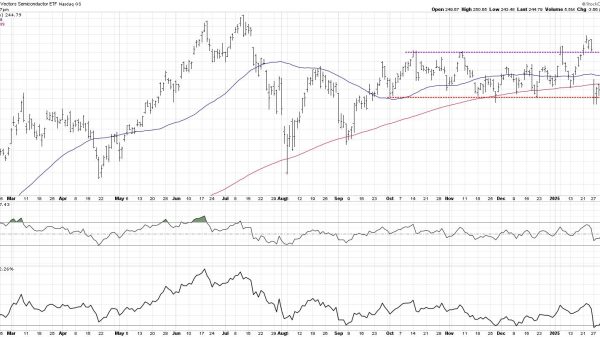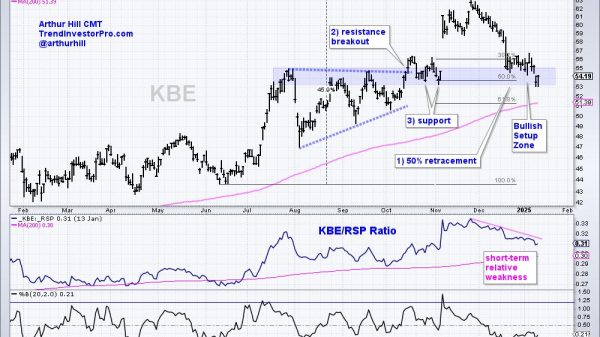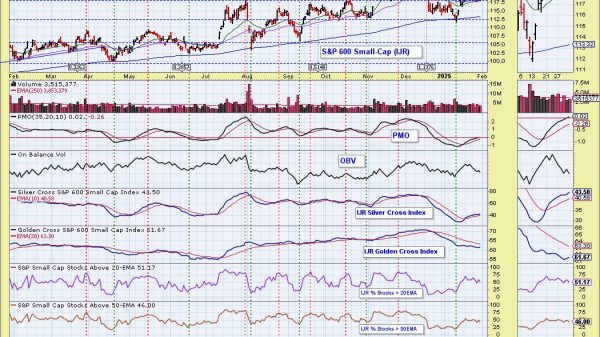
Small business owners often find themselves spending countless hours on accounting tasks that should take minutes.
Behind the scenes of every growing enterprise lies an ongoing challenge: the time-consuming nature of financial management. From manual data entry to reconciling accounts and chasing paperwork, these administrative burdens can quietly drain productivity and focus.
Small business owners may spend a significant number of hours each year on bookkeeping and accounting tasks alone. This can represent several work weeks that might otherwise be invested in business development, customer relationships, or strategic planning. These time drains aren’t immediately obvious but gradually accumulate, creating bottlenecks that slow growth and increase stress levels.
Identifying where these inefficiencies exist is the first step toward reclaiming more hours. Many business owners continue with outdated processes simply because they’re familiar, unaware of how modern solutions have changed financial management for organisations of all sizes. Spotting these hidden time traps can help businesses streamline operations and redirect resources to activities that truly drive growth.
The True Cost of Manual Accounting Processes
Manual accounting tasks can take up a significant portion of a finance team’s time, often involving repetitive activities that provide little strategic value. When skilled professionals are focused on data entry instead of analysis, businesses may miss out on opportunities to grow and improve operations.
The financial impact goes beyond the obvious costs of paying staff to perform repetitive tasks. There is a clear opportunity cost when finance teams cannot focus on strategic planning and decision support. Working with cloud accounting specialists like Acuity24 can show exactly where these bottlenecks occur and suggest ways to address them.
For instance, Operis, a financial consultancy featured in an Acuity24 case study, transitioned from an outdated on-premise accounting system to Sage Intacct. This migration provided real-time visibility and removed the need for manual reconciliations, enabling their finance team to focus on insight rather than input. Operis reported faster month-end closings and enhanced reporting accuracy, showcasing the tangible value of cloud automation.
Hidden costs can be found throughout manual accounting systems. Error correction alone can consume hours each week, as staff hunt down discrepancies across spreadsheets and paper records. Compliance risks rise when systems rely on manual updates, potentially leading to costly penalties.
Four Major Time Traps in SME Financial Management
The first major time trap is manual data entry and duplicate work. Many businesses still manually input the same information across several systems. Staff might enter invoice details into accounting software, then repeat this work in spreadsheets for reporting. This duplication can take up a notable portion of a finance team’s productive hours in small businesses.
Month-end reconciliation creates another major bottleneck. Finance teams often scramble to match transactions, chase missing receipts, and balance accounts. Manual processes can extend the time required for month-end close activities, adding to the overall workload.
Report generation presents a third time drain. Creating management reports typically involves exporting data from accounting systems, manipulating it in spreadsheets, and formatting presentations. This process not only uses up precious time but introduces error risks through manual handling.
Finally, compliance documentation and audit preparation create heavy burdens for UK businesses. Making Tax Digital requirements, VAT returns, and annual reporting all demand detailed record-keeping. Without efficient systems, businesses often spend extended periods gathering and organising documentation for audits or tax filings.
How Cloud Accounting Transforms Financial Workflows
Cloud accounting systems automate routine transaction processing and categorisation. These platforms sort incoming payments and expenses without requiring someone to enter each detail manually. When connected with banking feeds, they pull information directly and assist with matching, eliminating the need to check line by line if numbers align correctly.
Real-time financial dashboards allow decision-makers to see current figures without waiting for manual reports. With immediate access, leaders can respond quickly rather than waiting for scheduled updates or spending extra hours preparing data for meetings. The old process of exporting data is replaced with automated visuals that update as transactions occur.
Integration capabilities further reduce wasted effort. Cloud accounting connects directly with tools for payroll, banking, and other business software. This setup means data flows automatically between systems, which reduces both errors and the need for copying information manually.
Mobile access offers flexibility previously unavailable with desktop systems. Tasks that once required waiting for a manager’s signature can happen instantly from anywhere. Receipts no longer need to wait in inboxes or get lost before entry, staff can snap and upload them immediately.
Measuring the ROI of Accounting Automation
Businesses that implement cloud accounting often experience notable returns over time. These benefits typically come from time savings, fewer errors, and more efficient workflows. When considering cloud accounting investment, reviewing industry research and case studies can help you understand potential returns for your business size.
Time savings are a key advantage. Many UK businesses using cloud accounting report faster month-end closes, which means financial information becomes available sooner and supports more timely business decisions.
Error reduction represents another big benefit. Automated data capture, validation rules, and less manual handling can help reduce data entry mistakes and improve overall accuracy in accounting processes.
Staff satisfaction improvements should not be overlooked. Finance professionals generally prefer analytical work over data entry. Cloud accounting enables them to focus on more rewarding tasks, which may improve retention rates.
The Bottom Line
Accounting inefficiencies often go unnoticed but can consume substantial time in small businesses. Finding and addressing these issues helps free up hours for work that drives growth and supports business goals.
Identifying time drains such as manual entry, reconciliation delays, report generation, and compliance paperwork is the starting point for improvement. Modern accounting tools can help solve these issues through automation, seamless integration, and easy access to financial data.
Benefits from accounting automation extend beyond saving time. Higher accuracy, better decision-making, and improved staff engagement all lead to a stronger business. With clear goals and a realistic implementation plan, businesses of any size can achieve measurable efficiency improvements.
Read more:
The Hidden Time Drains in Small Business Accounting






